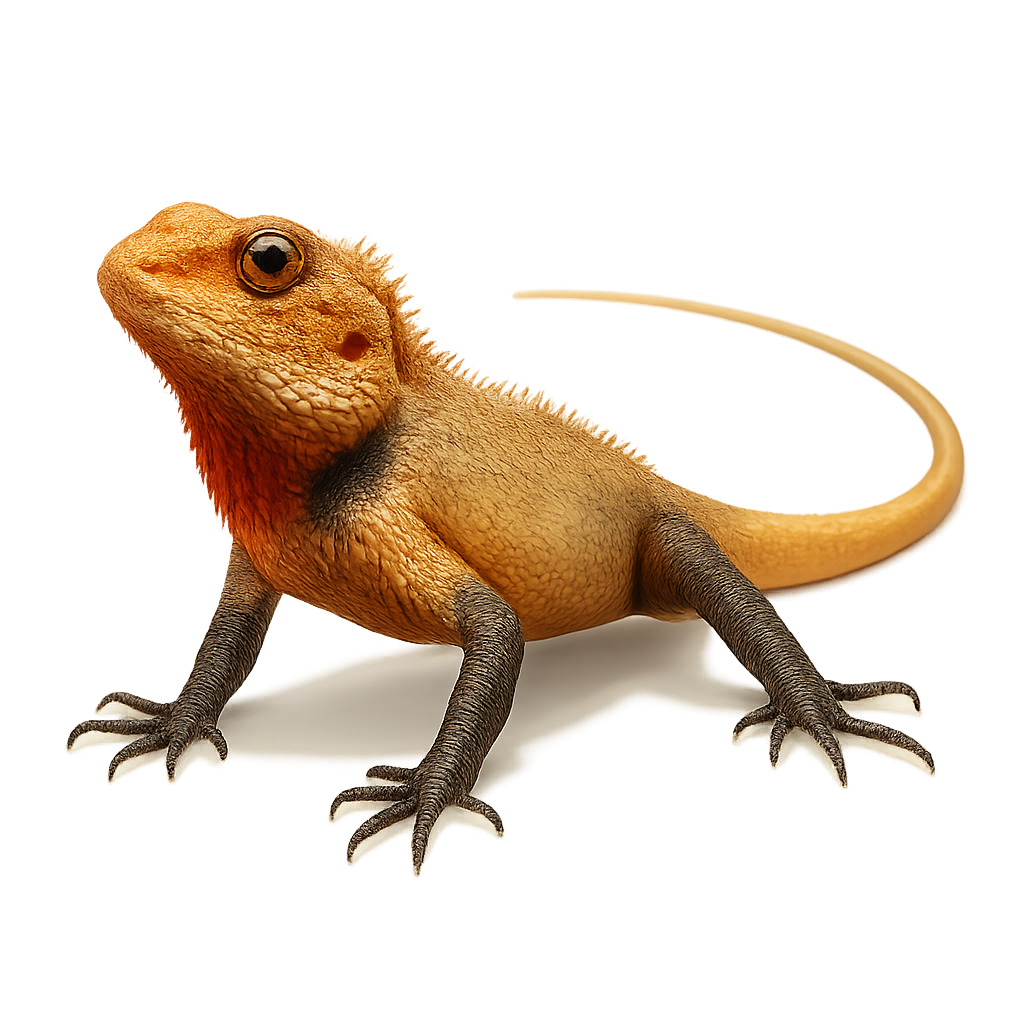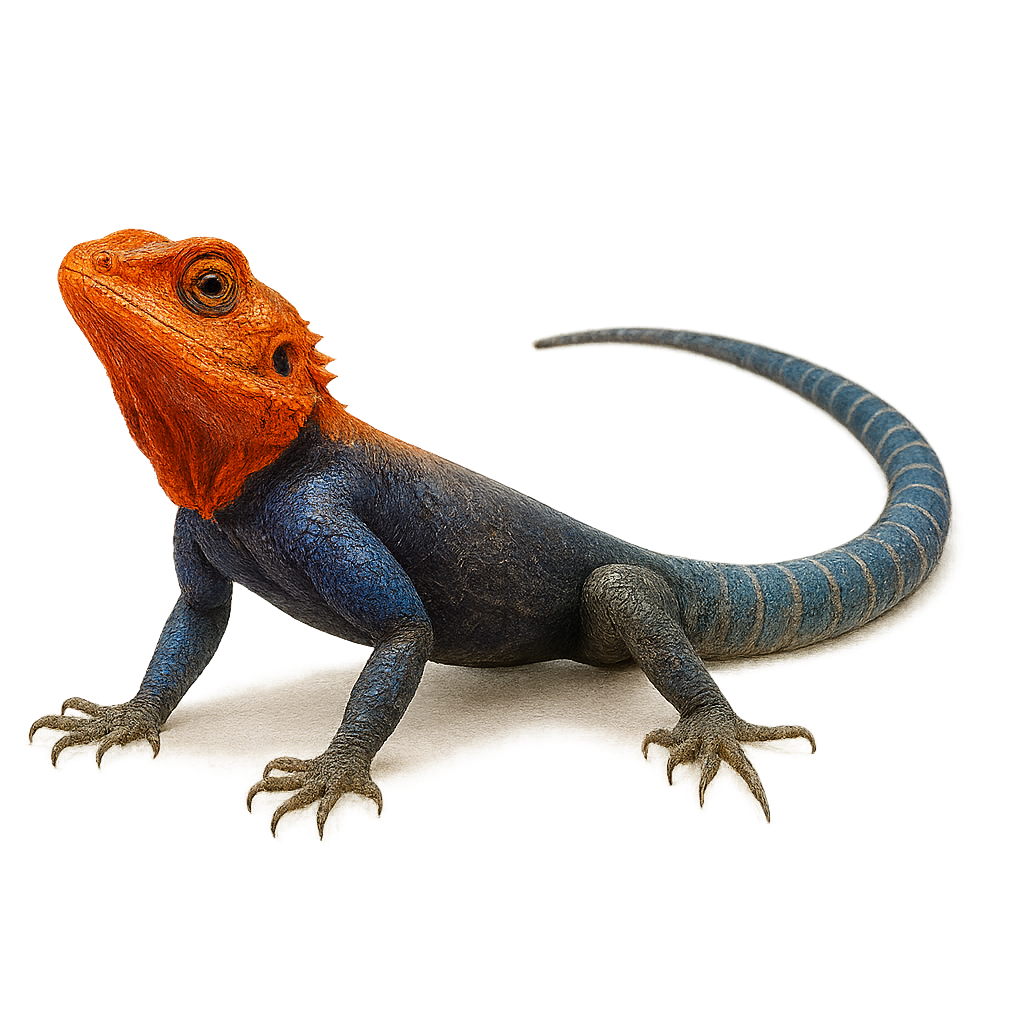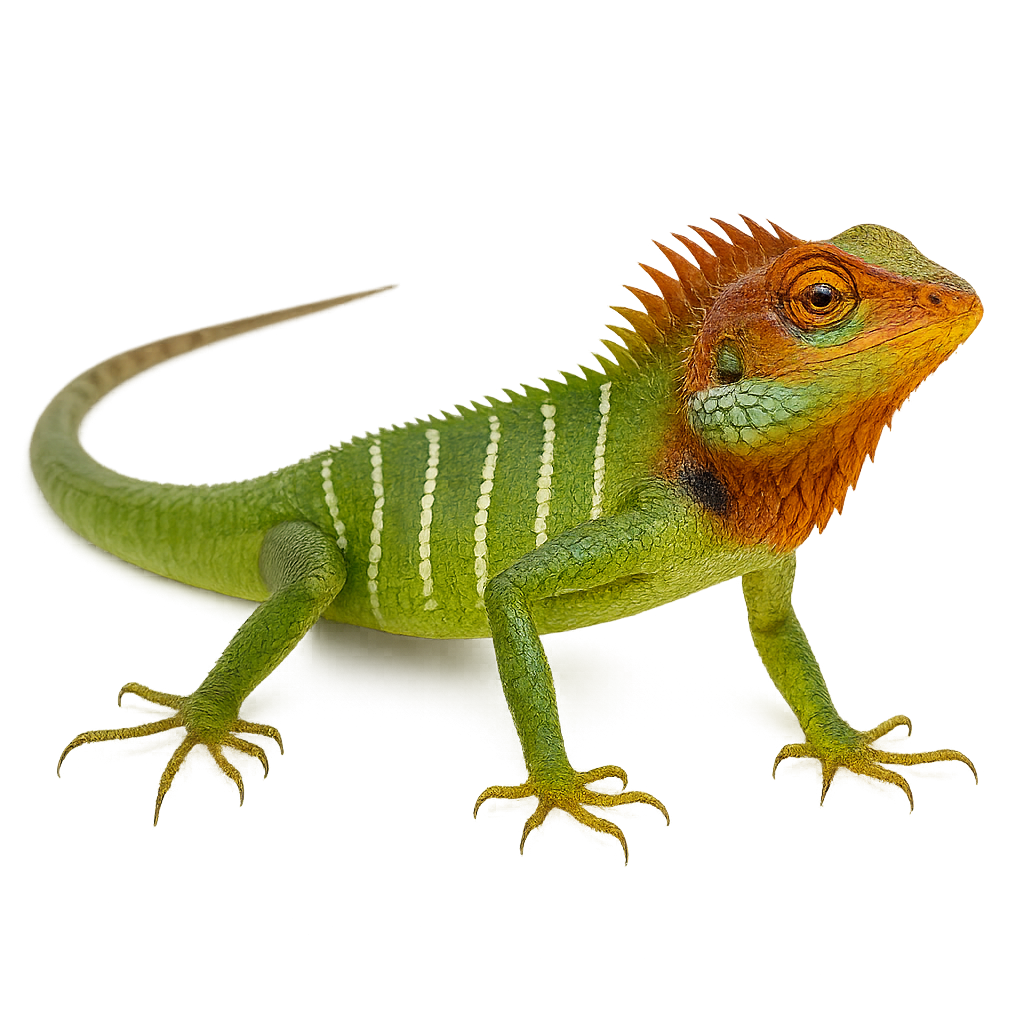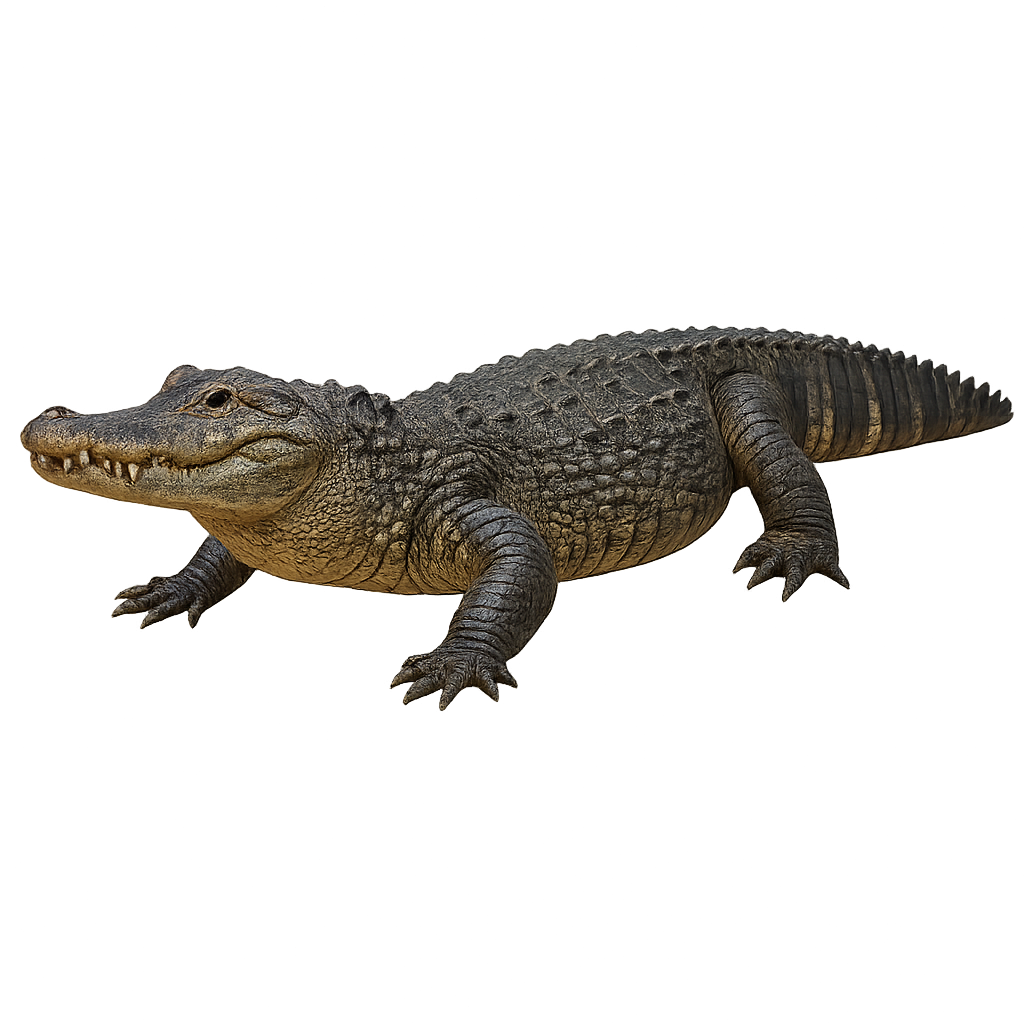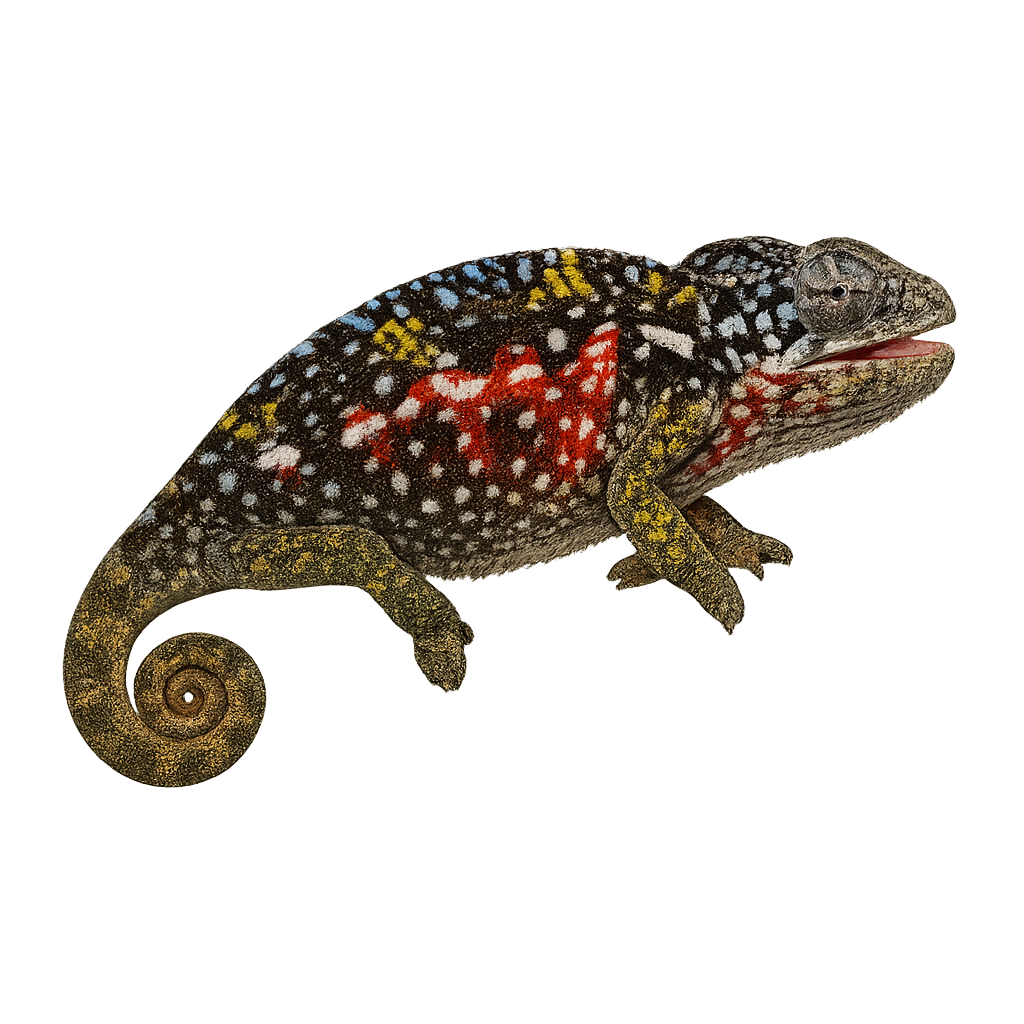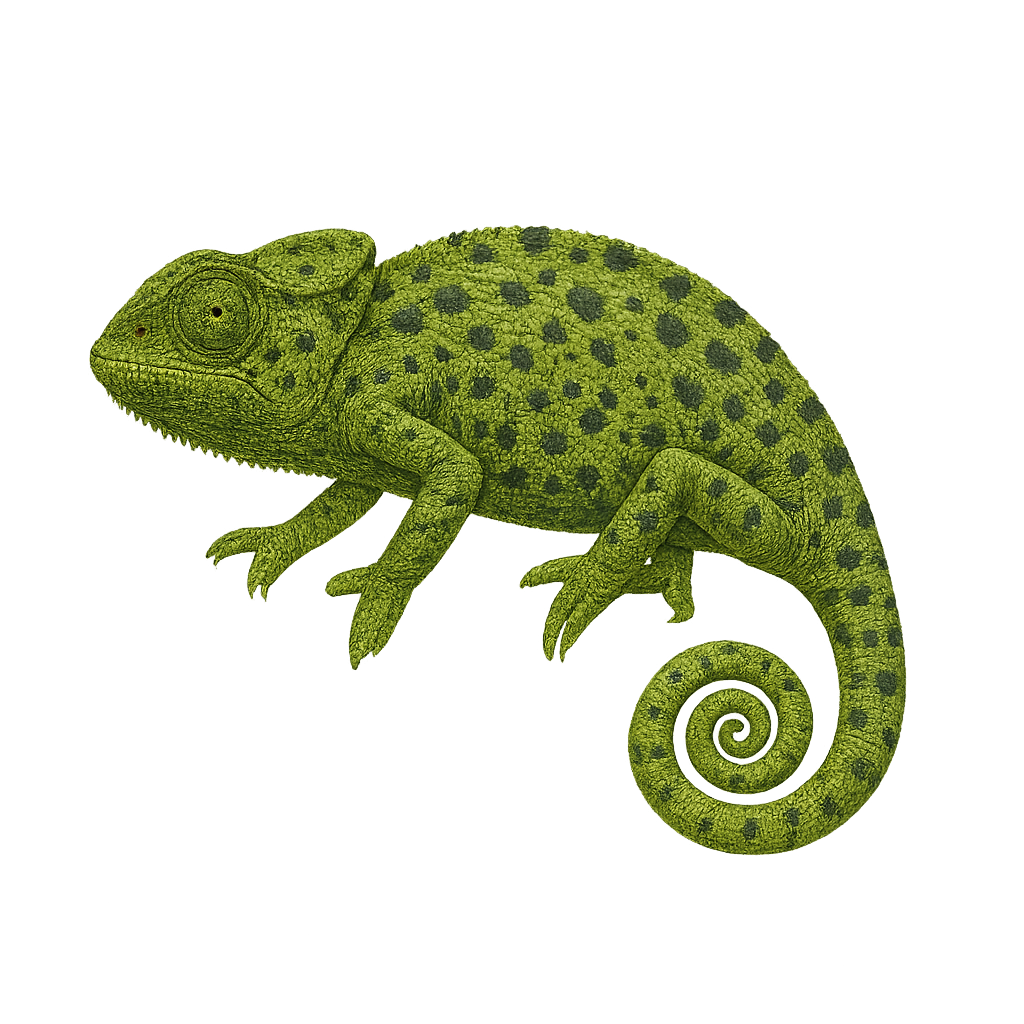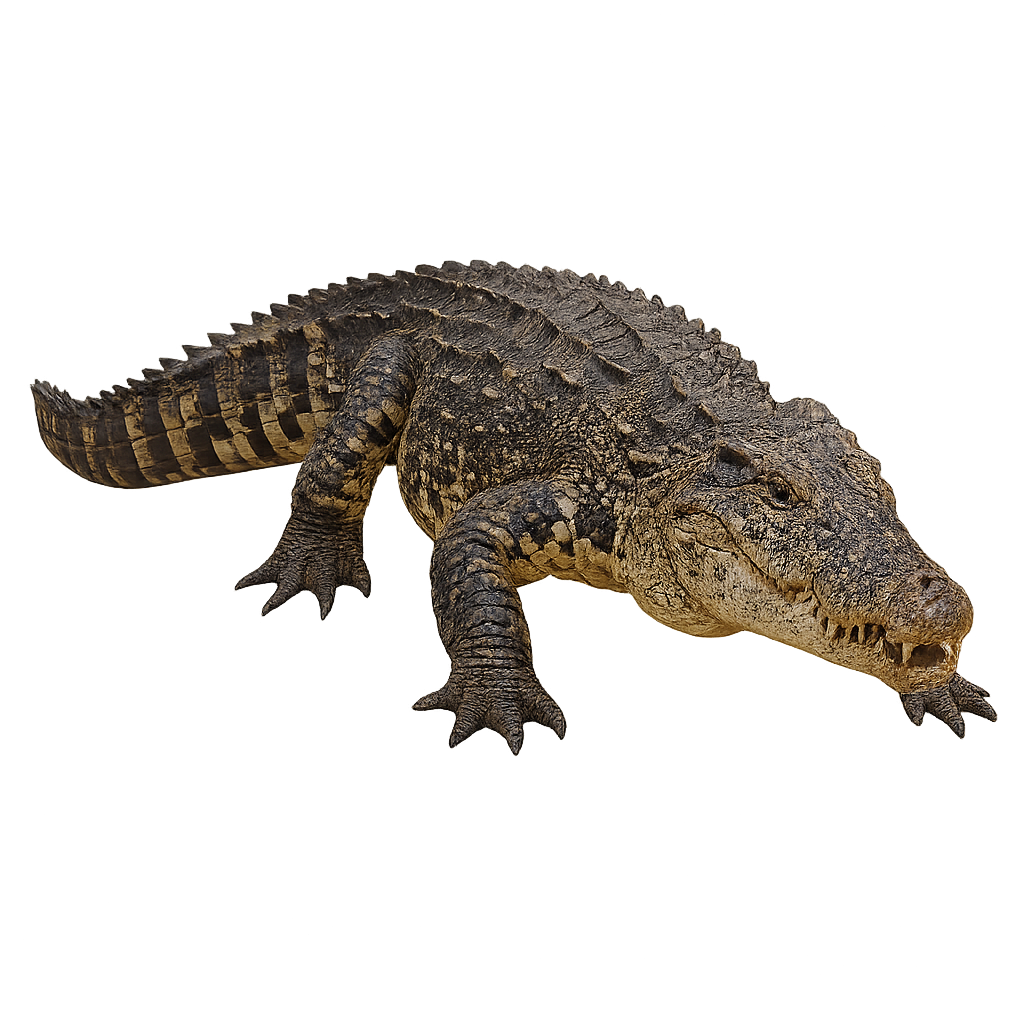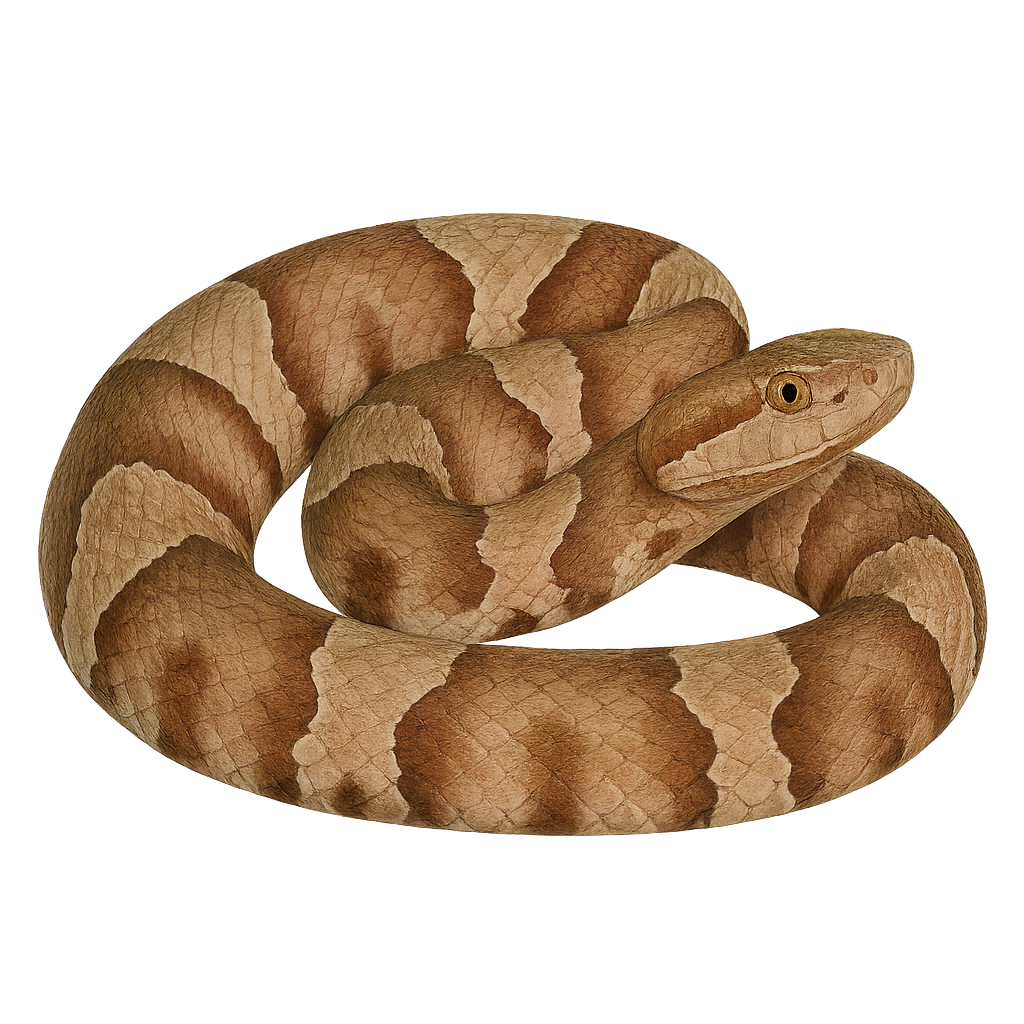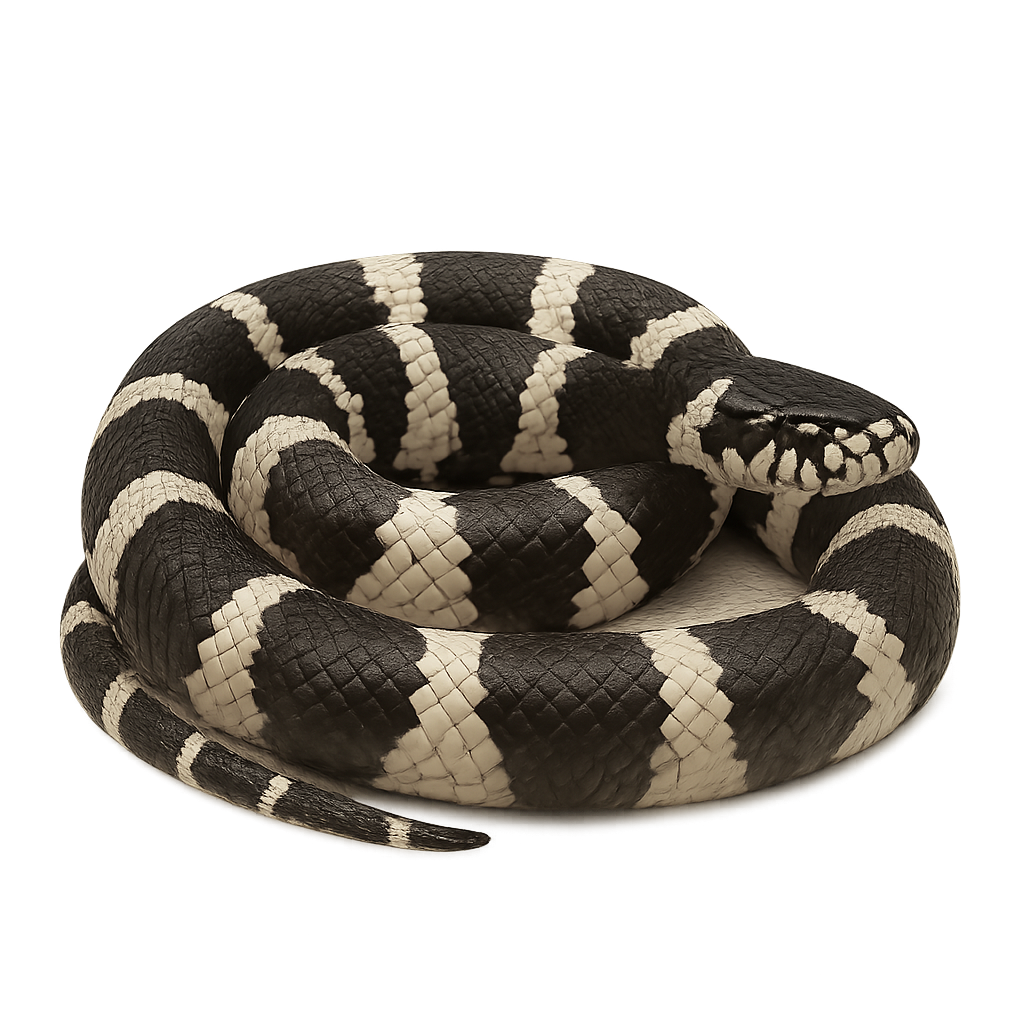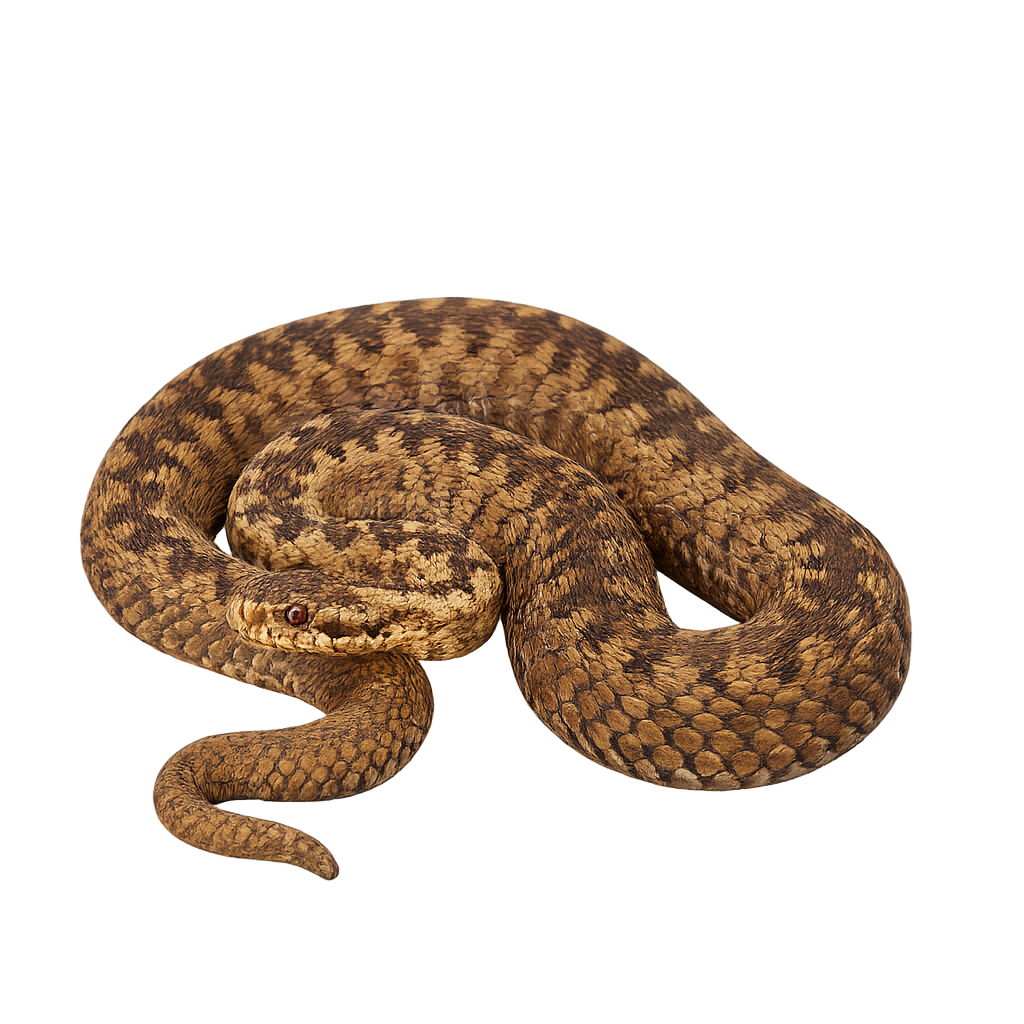The Changeable Lizard, or Calotes versicolor, is a widespread lizard in South and Southeast Asia. It is easily recognizable by its ability to change color, shifting from brown to green, and sometimes bright red, especially during the breeding season. This diurnal lizard prefers open habitats such as gardens, light forests, and urban areas. It primarily feeds on insects but can also consume small vertebrates. Males often display a reddish throat during the breeding season to attract females. Although frequently seen in inhabited areas, it remains wary and quickly flees when threatened.
The Common Agama, or Agama agama, is a colorful and fascinating lizard found primarily in sub-Saharan Africa. This reptile is known for its ability to change color, especially males who display bright hues of blue and orange during the breeding season. Typically measuring between 25 and 30 cm in length, it has a long, slender tail. The Common Agama is a diurnal animal that prefers warm, dry environments such as savannas, rocky areas, and villages. It primarily feeds on insects but can also consume small vertebrates and plants. This lizard is social and lives in hierarchical groups, where a dominant male controls several females and subordinates.
The Common Green Forest Lizard, Calotes calotes, is an arboreal lizard native to Sri Lanka and southern India. It is recognizable by its bright green color, although its hue can vary depending on its environment and mood. Males often display a more pronounced dorsal crest and brighter colors than females, especially during the breeding season. This diurnal lizard primarily feeds on insects but can also consume fruits and small vertebrates. It is often seen in gardens, forests, and wooded areas, where it skillfully camouflages among the foliage.
Native to the rivers and swamps of the Yangtze in China, the Chinese alligator is one of the rarest and most endangered alligator species in the world. It has a smaller size compared to the American alligator, with a maximum length of around 2.5 meters. This reptile primarily feeds on fish, crustaceans, and small mammals. Due to habitat loss and hunting, the Chinese alligator is now classified as critically endangered.
The Spectacled Caiman is a reptile of the alligator family, primarily found in rivers, swamps, and lakes of tropical Central and South America. It is recognizable by its green-gray skin and smaller size compared to other crocodilians, typically reaching 2 to 3 meters in length. The Spectacled Caiman feeds mainly on fish, amphibians, small mammals, and birds, which it captures with its powerful jaws.
This semi-aquatic animal spends much of its life in the water, where it hunts and hides in the vegetation along the shores to avoid predators. While the Spectacled Caiman is generally discreet, it can become dangerous if threatened. Its population is stable, although the species is sometimes threatened by illegal hunting and habitat loss.
The Furcifer lateralis, or carpet chameleon, is a species of chameleon endemic to Madagascar. This reptile is particularly admired for its vibrant colors and ability to change hues depending on its environment or mood. It typically measures between 17 and 25 cm in length, including its tail. Males often display more vivid colors than females, with distinct band patterns. This chameleon primarily inhabits humid forests and scrub areas, but can also be found in agricultural zones. It mainly feeds on insects, capturing them with its extendable tongue. Although relatively common, deforestation threatens its natural habitat.
The common chameleon, Chamaeleo chamaeleon, is a fascinating reptile known for its ability to change color. Native to Mediterranean regions, it primarily inhabits forests, scrublands, and shrub areas. This chameleon is a master of camouflage, using its color-changing ability to blend into its surroundings and evade predators. It has an extremely long and fast tongue, which it uses to catch insects. Its vision is also remarkable, with eyes capable of moving independently, allowing it to monitor its environment in 360 degrees. Although primarily arboreal, it occasionally descends to the ground to move from tree to tree.
The Cuban crocodile, Crocodylus rhombifer, is a medium-sized species endemic to Cuba, primarily found in the Zapata Swamp and the Isle of Youth. It typically measures between 2 and 3.5 meters in length and is known for its distinctive scaly skin with vibrant colors ranging from olive green to yellow, with black patterns. This opportunistic predator feeds mainly on fish, small mammals, and birds. It is recognized for its aggressive and territorial behavior, making it potentially dangerous to humans. Unfortunately, this species is critically endangered due to habitat loss and illegal hunting.
The Cottonmouth, or Agkistrodon piscivorus, is a venomous semi-aquatic snake found primarily in the southeastern United States. It is recognizable by its triangular head and coloration that ranges from brown to black, often with lighter crossbands. This snake is well adapted to aquatic environments such as swamps, rivers, and lakes, but can also be found on land. It is known for its defensive behavior, widely opening its mouth to show the white interior, hence the name "cottonmouth". Although venomous, it generally only attacks if it feels threatened. Its bite can be dangerous to humans, requiring immediate medical attention.
The Agkistrodon contortrix, commonly known as the Copperhead, is a venomous snake native to the United States. It is identifiable by its coppery brown coloration with darker crossbands. This snake prefers wooded habitats, rocky areas, and grasslands. Although venomous, its bite is rarely fatal to humans but can cause intense pain and requires medical attention. The Copperhead is a relatively discreet snake that prefers to avoid confrontations. It primarily feeds on small rodents, birds, and insects. Its ability to remain still and camouflaged in its environment makes it difficult to spot.
The Lampropeltis getula, commonly known as the common kingsnake, is a non-venomous snake native to North America. It is renowned for its ability to resist the venom of other snakes, allowing it to hunt and consume them. This snake exhibits a varied coloration, often black with white or yellow bands. It can reach a length of 1.2 to 1.8 meters. The kingsnake is an opportunistic predator that feeds on rodents, birds, lizards, and other snakes. It is generally active at night and prefers habitats such as forests, grasslands, and rocky areas. Although often captured for the pet trade, it remains abundant in the wild.
The Common European Adder is a medium-sized venomous snake, typically measuring between 60 and 90 cm in length. It exhibits variable coloration, ranging from brown to gray, with a darker zigzag dorsal stripe. Melanistic individuals are entirely black. This species is widely distributed across Europe and Asia, from the United Kingdom to the Pacific coast of Russia, and up to the Arctic Circle. It inhabits various environments, including forests, heathlands, meadows, and wetlands. The adder is diurnal and feeds primarily on small mammals, amphibians, lizards, and birds. It is ovoviviparous, giving birth to 3 to 20 live young in late summer or early autumn. Although its venom can be dangerous, bites are rare and seldom fatal. Listed as Least Concern by the IUCN, it is protected in several European countries.


